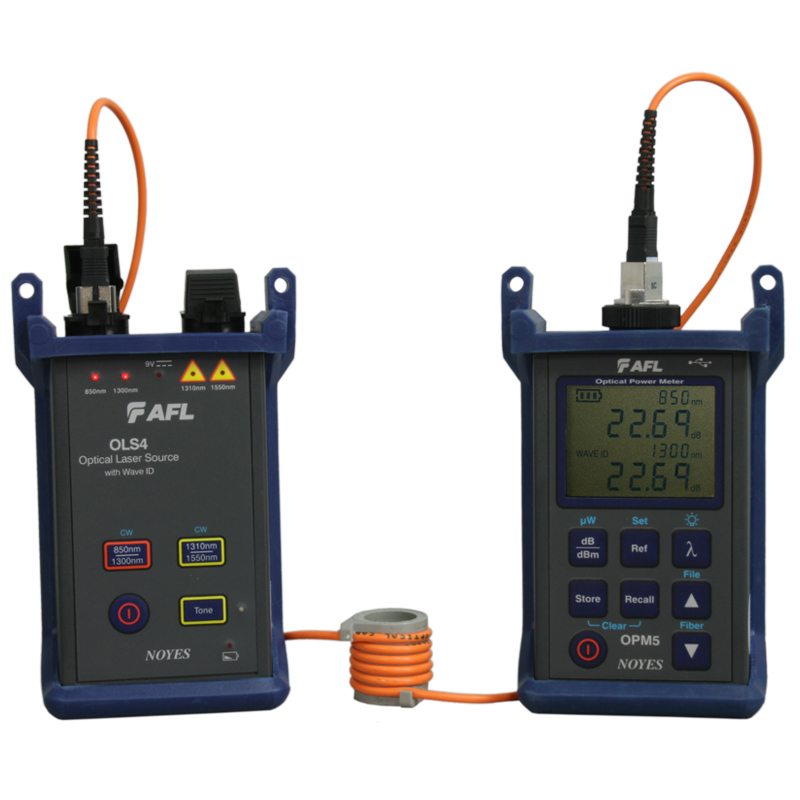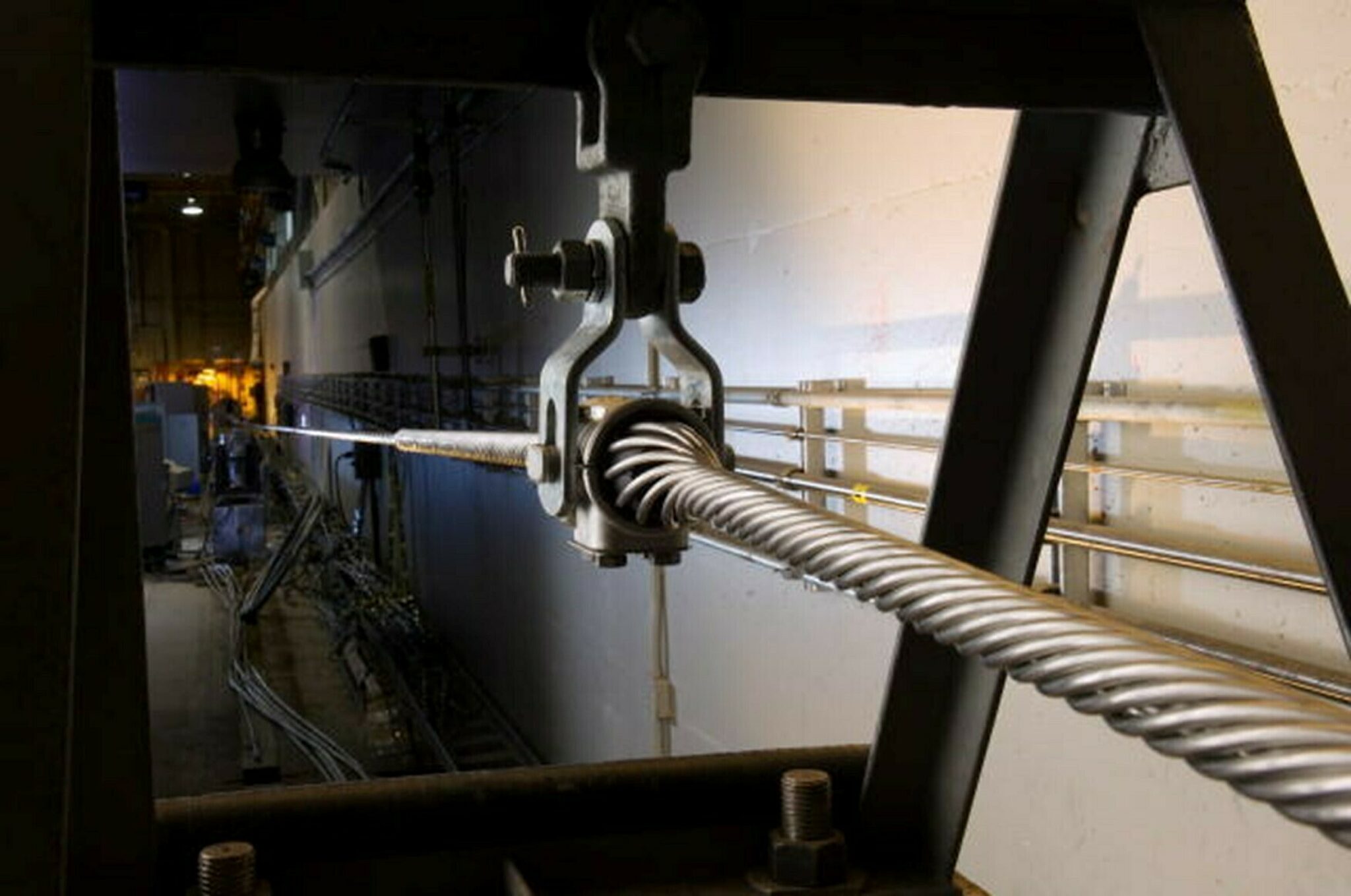Industries use fibre testing equipment to verify product quality.
Industries use fibre testing equipment to verify product quality.
Blog Article
Discover the Importance of Optical Fibre Testing in Modern Telecom
In the world of modern-day telecoms, the significance of optical fiber screening can not be overemphasized, as it works as the backbone for ensuring network dependability and performance. By applying normal screening protocols, operators can preemptively recognize potential problems such as signal deterioration, hence guarding versus disturbances that might prove pricey. Advanced methods like Optical Time-Domain Reflectometry play a critical function in this procedure, yet numerous may neglect the more comprehensive effects of these methods. What are the certain advantages that normal screening offers, and just how might it form the future landscape of telecoms?

Comprehending Optical Fiber Testing
Optical fibre testing is a crucial procedure in telecoms that ensures the integrity and performance of fiber optic networks. This screening includes a series of procedures developed to assess the physical and functional features of optical fibers - optical fibre diameter analyser. Trick parameters examined consist of optical power loss, data transfer capacity, and fault location, which are essential for preserving high-quality communication links
The screening process usually involves the use of specific devices such as Optical Time-Domain Reflectometers (OTDR) and Optical Power Meters. OTDRs are employed to recognize and define faults, splices, and connectors within the fiber, while power meters gauge the transmitted light signal stamina to establish efficiency.
Additionally, testing is performed at different phases, consisting of during installation, upkeep, and troubleshooting, to guarantee that the network fulfills industry standards and operational demands. Compliance with requirements set by companies like the International Telecommunication Union (ITU) and the Telecoms Market Organization (TIA) is extremely important.
Advantages of Routine Testing
Regular screening of optical fibers returns countless advantages that considerably improve network dependability and performance. Among the primary advantages is the very early detection of potential concerns, such as breaks or destruction in the fibre, which can result in costly downtime if left unaddressed (ofda). By identifying these problems proactively, telecoms providers can reduce service disturbances and make certain consistent connectivity for their customers
In addition, normal screening helps to maintain the honesty of signal top quality. As optical fibres age, their performance can be impacted by variables such as environmental problems and physical stress and anxiety. Routine assessments permit the monitoring of signal loss and total transmission effectiveness, guaranteeing that the network operates at optimal levels.
Another significant benefit is conformity with sector criteria. Regular screening supports adherence to governing demands, thereby mitigating legal and financial threats connected with non-compliance. It improves the total lifespan of the fibre framework by facilitating prompt upkeep and repairs.

Common Evaluating Approaches
Testing optical fibres utilizes numerous approaches to guarantee the stability and efficiency of telecoms networks. Among one of the most common strategies is Optical Time Domain Name Reflectometry (OTDR), which examines the entire size of Find Out More the fiber by sending out a pulse of light and determining the representations triggered by imperfections or breaks. This method supplies thorough details about the location and seriousness of faults.
An additional prevalent method is the use of Optical Power Meters, which measure the amount of light transferred with the fibre. This method assists figure out the loss of signal stamina, making certain that it satisfies industry standards. Additionally, Visual Mistake Locators (VFL) are used to recognize breaks or extreme bends in the fiber by forecasting a visible laser light into the cable television.
Insertion loss testing is also important, as it evaluates the loss of signal power arising from links and mates within the network. Moreover, the usage of Polarization Mode Dispersion (PMD) testing assesses the impact of fibre characteristics on signal stability.
Each of these approaches plays an essential function in maintaining the efficiency and integrity of optical fibre networks, ultimately adding to smooth telecoms operations.
Effect On Network Performance
The integrity and efficiency of optical fibre networks directly influence total network efficiency. In contemporary telecommunications, the efficiency of information transmission counts greatly on the top quality of the optical fibers made use of. Any destruction in the fiber's condition-- whether due to physical damages, contamination, or too much flexing-- can result in increased depletion and signal loss, dramatically impacting data honesty and speed.
Regular optical fiber testing is vital to determine and fix possible problems before they show up as network failings or downturns. Strategies such as Optical Time Domain Reflectometry (OTDR) and insertion loss screening make it possible for professionals to measure the efficiency of fiber links precisely. These examinations not only assess the physical condition of the fibers but likewise ensure conformity with sector standards, consequently safeguarding the network's integrity.
Furthermore, a well-kept optical fiber network adds to minimized functional prices and improved client satisfaction, as end-users experience less disturbances and higher information rates. Inevitably, the focus on strenuous optical fibre testing techniques works as a foundation for maintaining durable telecoms framework, making certain that provider can satisfy the growing needs for transmission capacity and connection in today's electronic age.
Future Fads in Testing
As we look in advance, advancements in innovation are poised to reshape optical fibre testing in telecommunications. The rise of automation and expert system these details (AI) is expected to improve the effectiveness and precision of testing processes. Automated testing systems can conduct extensive evaluations with very little human intervention, considerably decreasing the possibility for mistakes and expediting time-to-deployment.
In addition, the assimilation of artificial intelligence formulas will allow anticipating upkeep, enabling network providers to foresee possible problems before they escalate right into failures. This aggressive technique not just improves network integrity but also maximizes functional expenses.
An additional arising pattern is the development of mobile testing devices that supply real-time analysis - fibre testing equipment. These devices will certainly equip technicians to execute on-site diagnostics quickly, facilitating quicker resolutions and boosting service top quality
The growth of 5G networks further requires the evolution of screening methodologies. As transmission capacity demands raise, standard screening techniques might no longer are sufficient. Innovative options such as optical time-domain reflectometry (OTDR) and advanced spooky evaluation will come to be vital in ensuring the stability and performance of high-speed connections.

Conclusion
To conclude, optical fibre screening is important for making sure the integrity and dependability of official statement modern-day telecoms networks. Regular testing techniques not just help determine possible issues such as signal loss and faults yet also add to improved network efficiency and customer complete satisfaction. As the need for smooth connectivity continues to expand, the fostering of sophisticated screening approaches will play an essential role in keeping premium network criteria and sustaining the developing landscape of telecommunications.
Report this page